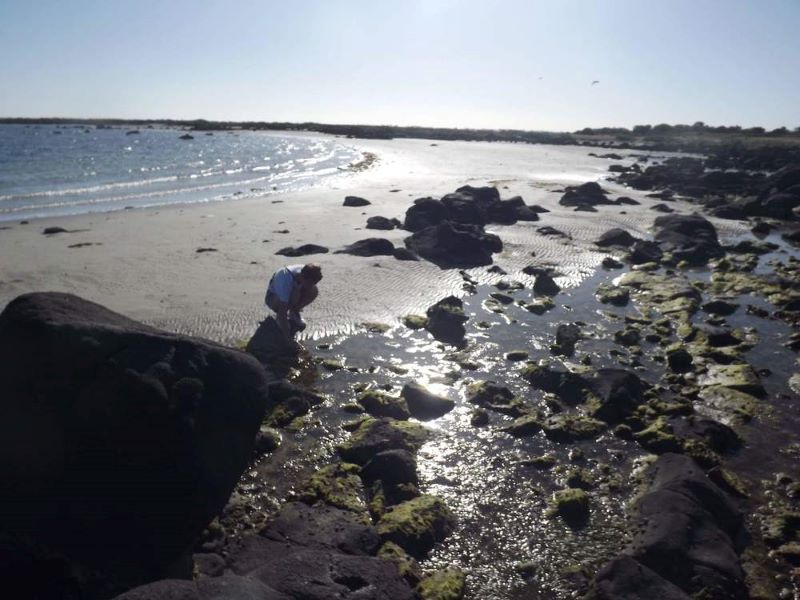Jawbone Flora and Fauna Reserve consists of an impressive 50 hectares of wetlands, open grasslands, a saltmarsh and a mangrove conservation area, providing an ideal haven for up to 120 bird species that frequent the area. Equipped with beautifully laid out boardwalks and bird hides, this reserve is a must for any budding naturalist or bird enthusiast.
Situated in Williamstown alongside Jawbone Marine Sanctuary (the closest marine protected area to Melbourne’s CBD) lies Jawbone Flora and Fauna Reserve. Just minutes west of Williamstown beach, and eight kilometres from the heart of Melbourne, this reserve is often overlooked due to the lack of signage as well as its seclusion from the main attractions of the area. The reserve has various access points via the Bay Trail; however, I recommend walking alongside the Esplanade, westwards from Williamstown Beach until you stumble across the reserve itself.
Upon entering, you will find yourself walking along the shore that lines the 30 hectares of Jawbone marine sanctuary. The sanctuary has been fenced off for 80 years and is an oasis for native marine and bird life. It boasts the largest occurrence of mangroves in Victoria as well as the only ones that grow on a basalt coast in Victoria. Due to the unique collection of habitats here, the distinctive biodiversity of the area becomes increasingly apparent as you meander across the sand toward the reserve.
As we walked toward the boardwalk along the foreshore, we spotted Australian pelicans diving for fish and black swans feeding on aquatic plants in the shallows of the bay.

Scores of rock pools lead the way, showcasing gorgeous micro-ecosystems within each one. The sand is littered with tell-tale signs of animals that occur in the sanctuary but cannot be seen unless you are submerged in the bay. Sea urchin endoskeletons, shells of various molluscs, and sea jellies are amongst the many items we spotted scattered across the sand.
Once you approach the boardwalk, you will see it has adjoining pathways that lead you through the entire reserve. The boardwalk helps in the preservation of the reserve, allowing visitors to approach the unique habitats up close without having a negative impact on them. Informative signs are dotted along the walk, touching on the reserve history, geological makeup and complex ecosystems within the area.


Here, you have the opportunity to get up close to the reserve saltmarsh (one of the very few remaining in Port Phillip Bay). A sea of salt-tolerant beaded glasswort spreads across the saltmarsh where it evidently thrives. Now recognised as significant ecosystems, saltmarshes act as nurseries for marine life, and in turn are vital feeding grounds for bird species that frequent the area. There are conveniently placed bird hides with identification signs joined to the boardwalk that allow you to view the amazing diversity of bird life without disturbing them.
Lastly, there is a trail that leads you to the Jawbone Arboretum where Friends of Williamstown Wetlands have planted an impressive collection of native plants, each labelled with informative biological facts. The arboretum is a fantastic place to school yourself on indigenous plant diversity, as well as experience alternate views of the lakes and Port Phillip Bay.
Summary
- Only 8 km from Melbourne’s CBD
- Boasts a variety of habitats
- 120 different bird species have been sighted here
- Largest occurrence of mangroves in Victoria
Level of difficulty

Ease of accessibility

Wildlife

Scenery

Overall rating

Banner image courtesy of Tanya Rajapakse.


Leave a Reply